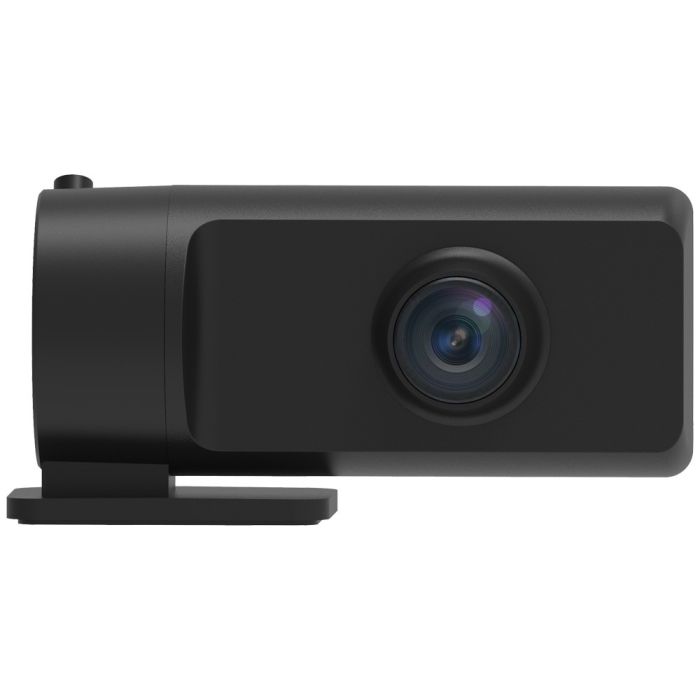Truck & Lorry Dash Cams FAQs
A truck and lorry dash cam is a specialised type of onboard camera system designed for commercial vehicles. It is mounted inside the cabin to record the road ahead, and often the interior of the cab or the sides and rear of the vehicle, providing video evidence of the driver's journey and any incidents that may occur.
Dash cams in trucks and lorries serve several crucial purposes, including providing evidence in the event of an accident, promoting safer driving practices, aiding in driver training, helping to prevent insurance fraud, and potentially lowering insurance premiums. They are an essential tool for fleet management and driver accountability.
Yes, most truck and lorry dash cams are designed to record continuously while the vehicle's ignition is on. They typically use loop recording, where new footage overwrites the oldest files once the storage is full, ensuring the camera is always able to record without needing manual intervention.
Key features to consider include high-resolution video recording for clear footage, wide-angle lenses to capture a broad view of the road, night vision capabilities for low-light conditions, GPS for location tracking, and G-sensors for detecting and saving footage of incidents. Dual cameras for recording both the road and the driver, as well as exterior cameras for side and rear views, are also beneficial.
These dash cams typically use high-capacity memory cards and employ loop recording to manage storage. Important clips, such as those recorded during an incident (triggered by G-sensors), are often protected from being overwritten. Some systems also offer cloud storage options for backing up and remotely accessing footage.








